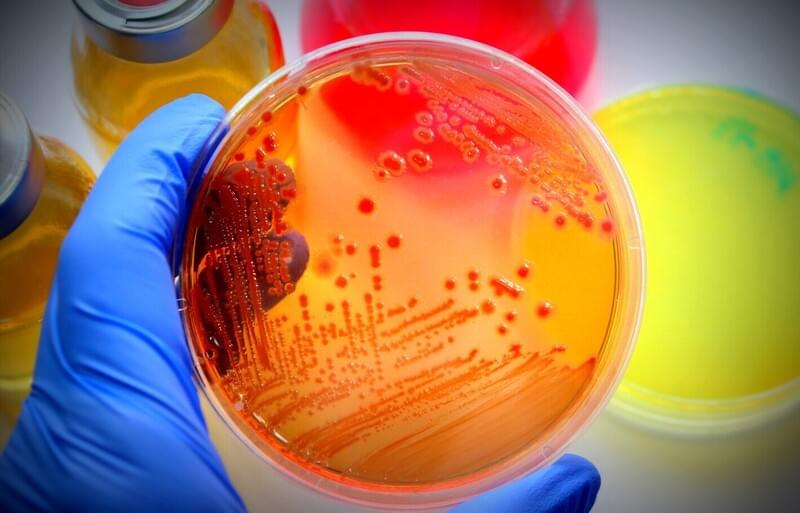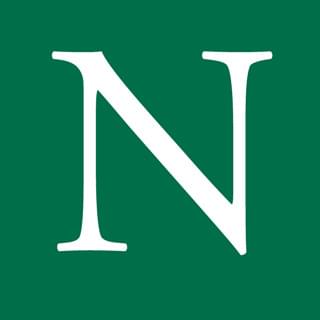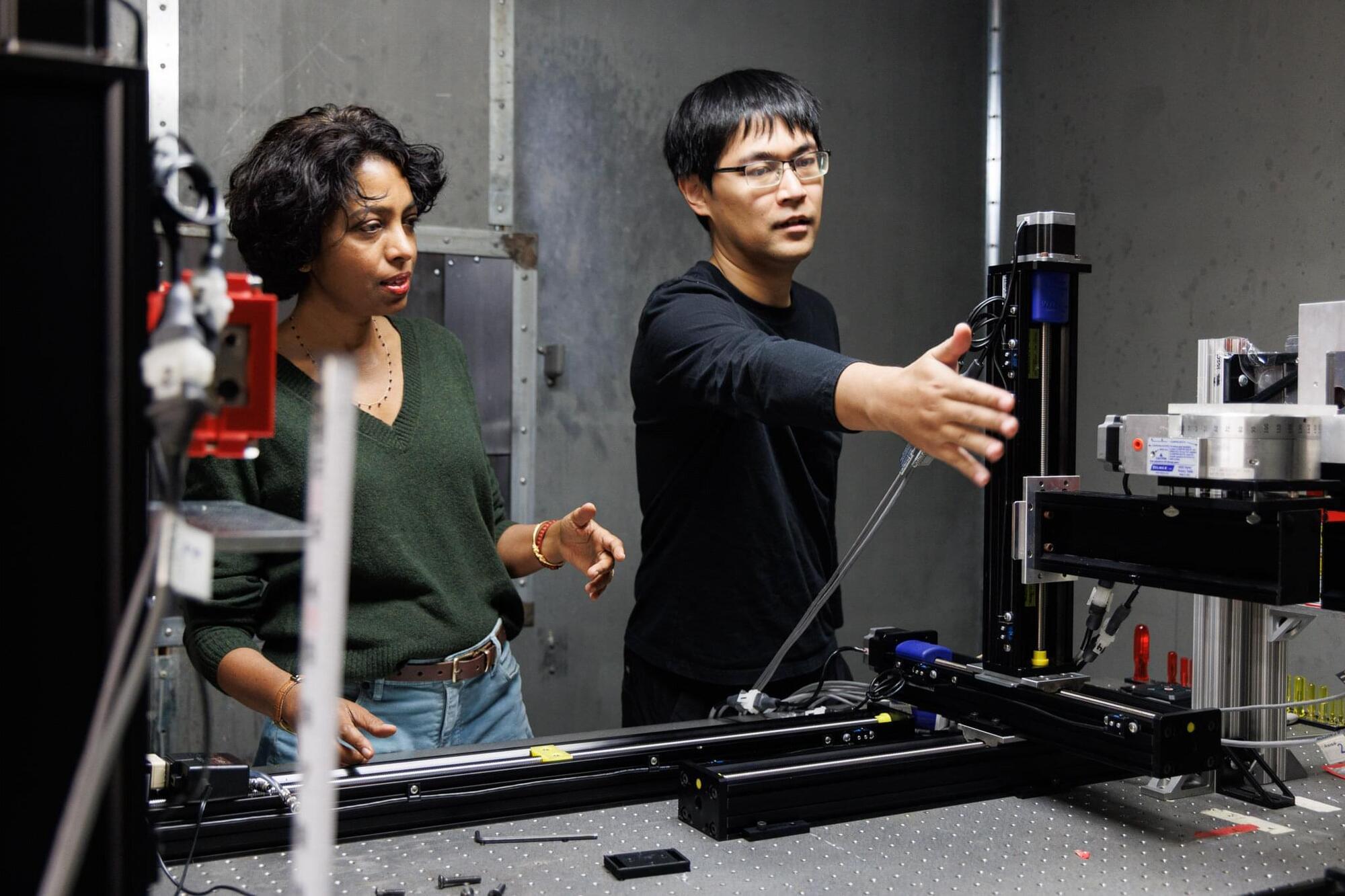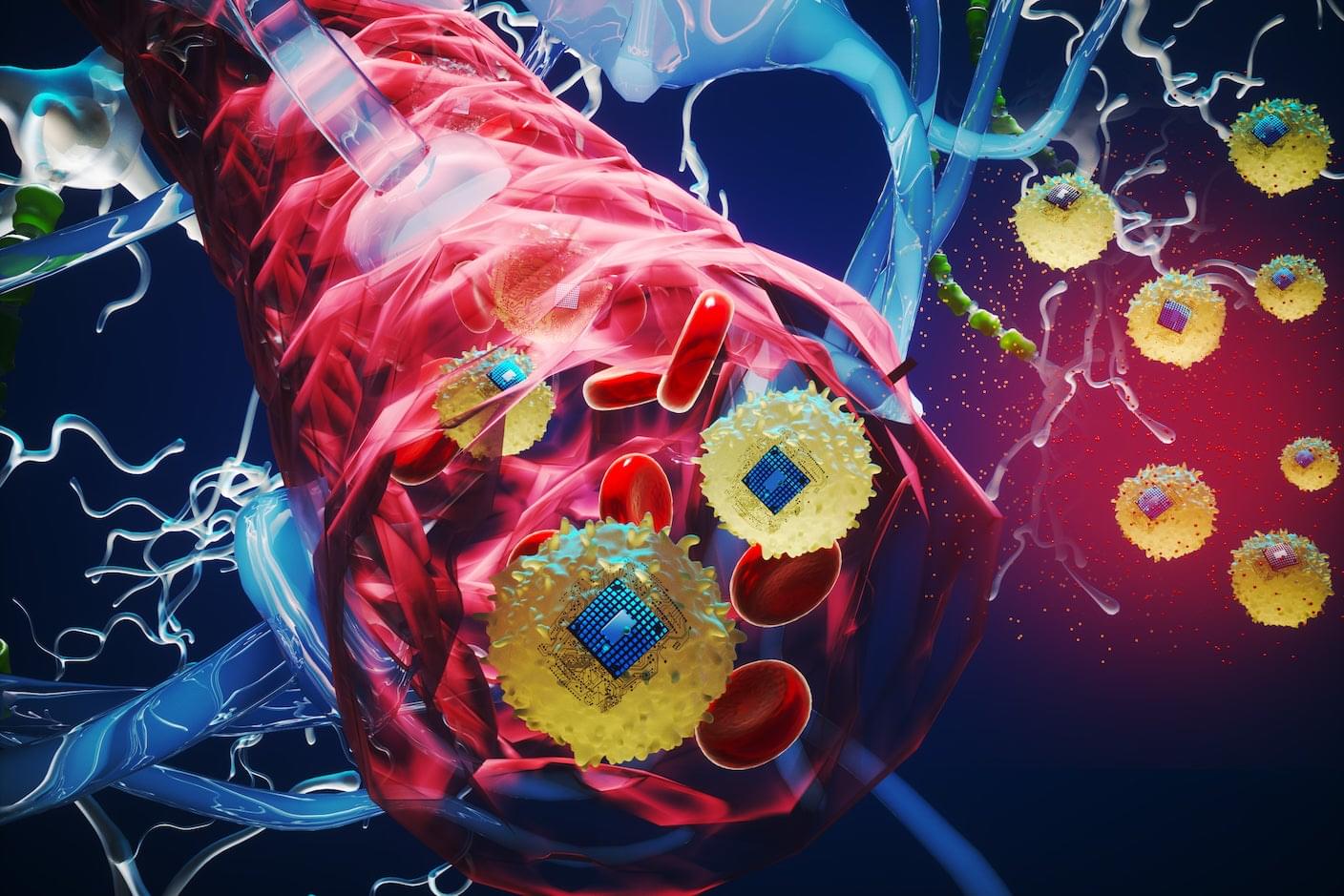Antimicrobial resistance (AMR) is already a leading cause of death globally, higher than HIV/AIDS or malaria. What novel approaches are needed to accelerate effective action on AMR?





The Wave Engineering for eXtreme and Intelligent maTErials (We-Xite) lab, led by engineering assistant professor Osama R. Bilal, has developed a reconfigurable metamaterial that can control sound waves—bending them, dampening them, or focusing them—while encoding real-time tuning with almost infinite possible shapes.
Their work is now published in the Proceedings of the National Academy of Sciences.
“Metamaterials are artificial materials that can achieve extraordinary properties not easily found in nature,” explains Ph.D. candidate Melanie Keogh ‘22 (ENG), the first author of the study. In this case, the research team wanted to develop a material that could control sound waves, while being adjustable in both frequency and function, with potential applications ranging from medical imaging to soundproofing.

Researchers at Karolinska Institutet, Columbia University and the University of San Francisco, have uncovered a previously unknown mechanism by which dopamine, a key brain chemical vital for movement and motivation, can affect brain activity indirectly by boosting serotonin. The study was published in Science Advances.
Dopamine is a key chemical messenger that supports many essential brain functions, including motivation, movement, and learning. Although dopamine acts throughout the brain, it plays an especially central role in the basal ganglia, a network of interconnected regions responsible for selecting which behaviors we express.
The basal ganglia and dopamine are deeply involved in neuropsychiatric and neurodegenerative diseases, and many widely used medications target this network.

Energy that would normally go to waste inside powerful particle accelerators could be used to create valuable medical isotopes, scientists have found.
Researchers at the University of York have shown that intense radiation captured in particle accelerator “beam dumps” could be repurposed to produce materials used in cancer therapy. The study is published in the journal Physical Review C.
Scientists have now found a way to make those leftover photons do a second job, without affecting the main physics experiments.



For half a century, scientists struggled to predict how proteins fold. A puzzle at the heart of understanding life and curing disease. Then, five years ago, the #alphafold team cracked the code.
Since then, more than 3 million researchers across 190+ countries have used AlphaFold’s freely available database of 200 million+ protein structures, accelerating discoveries in everything from drug design to disease-resistant crops, bee conservation, and plastic-eating enzymes.
Further reading: